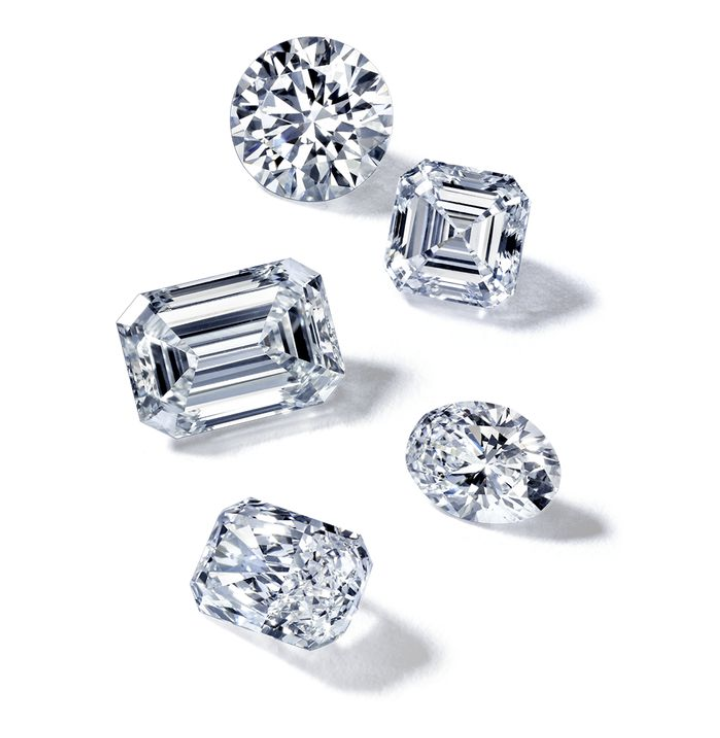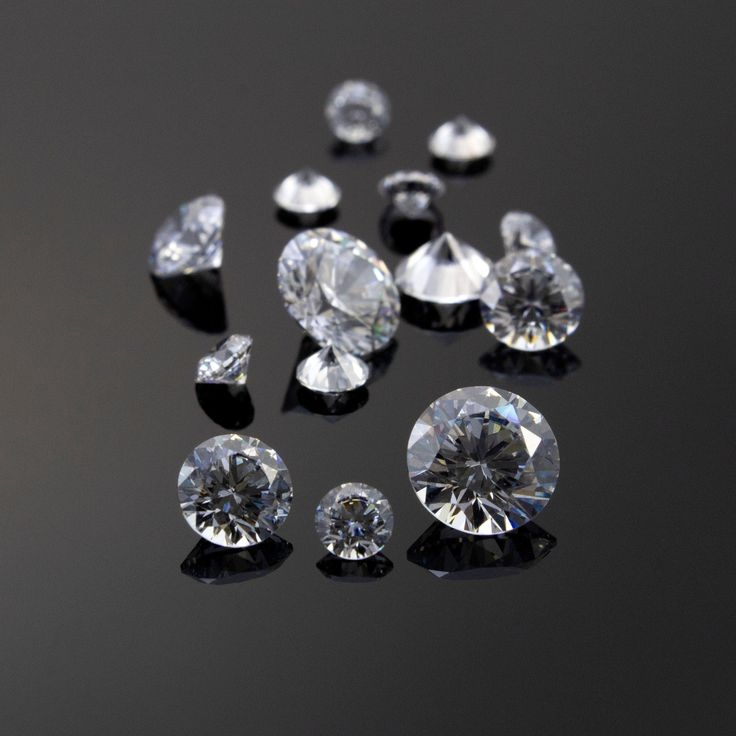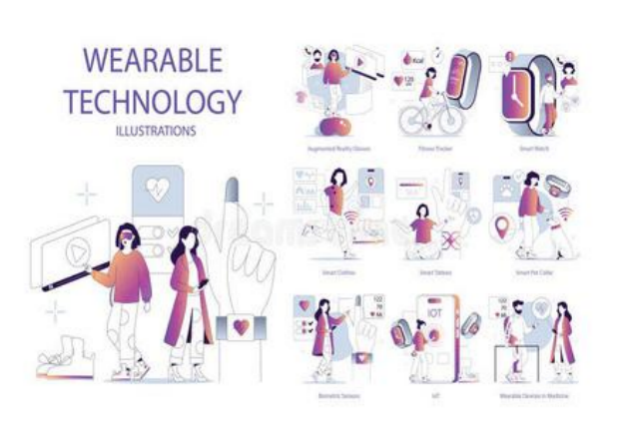Lab-created diamonds were once viewed as substitutes in the jewelry market, but in high-tech fields, they are quietly rewriting the rules of the game. Compared to natural diamonds, lab-created diamonds are no less impressive and even offer superior performance in certain aspects. Precisely engineered and controlled, they no longer depend on geological chance or the passage of time. Instead, scientists create more “obedient” crystals under laboratory conditions than their natural counterparts.

Diamonds captivate not only for their dazzling appearance but also for their near-limitless physical properties. Among the hardest known substances, they withstand extreme pressure and abrasion while serving as excellent thermal conductors yet poor electrical conductors. These traits elevate diamonds far beyond jewelry, making them an ideal material for technology. The advent of synthetic diamonds enables these properties to be harnessed in a controlled, scalable manner, igniting the imagination of countless industries.
In electronics, synthetic diamonds demonstrate remarkable potential. As transistors and chips approach the limits of silicon, the urgent need arises for next-generation semiconductors. Diamond's wide bandgap and exceptional thermal conductivity make it a prime candidate for future high-power, high-frequency electronic devices. Imagine smartphones equipped with diamond chips—heat issues would be significantly mitigated, potentially eliminating the discomfort of overheating devices altogether. Furthermore, synthetic diamond chips might enable ultra-high-speed computing and communication, allowing future devices to operate with lightning-fast agility.

In the quantum technology arena, synthetic diamonds also shine brightly. By introducing nitrogen-vacancy defects into diamond lattices, scientists can create exceptionally stable quantum bits. These quantum defects not only store quantum information but also operate at room temperature—a critical factor for practical quantum computers and sensors. In contrast, many other quantum systems rely on cryogenic temperatures near absolute zero, making them complex and costly. Diamond offers a more elegant solution. Future quantum communication networks may well be built upon countless photonic nodes made from synthetic diamonds.
The medical field also holds great promise for synthetic diamonds. Nanoscale diamond particles exhibit biocompatibility, serving as carriers for drug delivery that precisely target cancer cells while minimizing damage to healthy tissue. Even in surgery, diamond-coated instruments are gaining popularity due to their sharpness and durability, enhancing surgical precision while reducing infection risks. If future implantable medical devices incorporate synthetic diamonds, their robustness and stability could forge a more enduring fusion between the human body and technology.
The energy sector holds equally vast potential. Synthetic diamond electrodes maintain stable performance under extreme conditions, positioning them for roles in fusion energy reactors or as critical components in deep-sea and space exploration power systems. Envision a future spacecraft whose energy systems rely on diamond components for unwavering stability—a testament to hardness and efficiency shining brightly in the cosmos.

Even more exciting is how synthetic diamonds align with sustainability principles. Natural diamond mining often comes with significant environmental costs, whereas lab-grown diamonds can be produced with lower energy consumption and greater control. As technology advances and costs decrease, the applications of synthetic diamonds will expand beyond high-end research labs into everyday tech products—and potentially even future household appliances. Think ultra-durable heat sinks or ultra-thin transparent protective coatings.
Lab-grown diamonds are shedding their “imitation” label to become pioneers of technological innovation. They may no longer be confined to rings on people's fingers but instead embedded within future computers, medical devices, and energy systems—becoming the unseen cornerstones underpinning modern civilization. Those sparkling crystals born in laboratories are no longer merely symbols of luxury, but beacons of science and the future. If natural diamonds are gifts from Earth's billions of years, then synthetic diamonds are gifts from human ingenuity and technology. They are destined to reflect even more dazzling brilliance on the future technological landscape.





